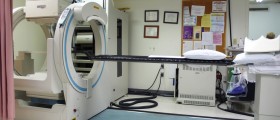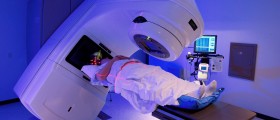
Bladder cancer and the symptoms that might serve as indicators
This type of cancer usually develops in the bladder, or more precisely, in the cells that line its inner side. Even though it affects the adults much more, it is not impossible that it occurs at any age. When it comes to signs that are present in those who develop bladder cancer, besides frequent urge to urinate and frequent infections of the urinary tract, the person will probably experience pain in the abdomen and back. Blood can also be present in the urine, or it can change color to dark yellow, but what is also common is that the urination is painful or burning sensation can accompany it.
Available methods of treatment for the bladder cancer
A good thing about this type of cancer is that it can be diagnosed at an early stage very easily, and in such cases, it is likely to be cured. Still, there is a negative side too, because statistics prove that it will probably reappear later, which is why those who are cured should have regular checkups even after they are cured. As for the available treatment options, the doctor will provide the most detailed information about those that are available, as well as about the one that they find most suitable. The choice will depend on several elements, but overall health and the stage of the cancer will play the most important role.
Surgical procedures differ depending on the stage of the cancer, but the patient’s preferences might also help in making a choice. If it is diagnosed at an early stage, then the surgery procedure will consist of its removal, or the removal of the tumor and a part of the bladder in which cancer cells are present. In case the cancer is spread to the deeper layers of the bladder, the surgery might require the removal of the entire bladder, which will require that the surgeon makes a new way in which the urine will be expelled. Chemotherapy is also available treatment option, and it is usually a part of the treatment which comes after the surgery. However, there are cases in which chemotherapy precedes the surgery, with the purpose to make the tumor smaller, so that the surgery would be less invasive. As for the radiation therapy, it can also be used either after or before the surgery. When the patient undergoes it after the surgery, then its purpose is to destroy the cancer cells that might still be present. Otherwise, it has the purpose to shrink the tumor, in order to remove it more easily.
















Your thoughts on this
Loading...